Diabetes is a very common disease today, characterized by the inability of body to utilize glucose for bodily functions. This happens due to either absence of insulin or its inability to utilize the glucose or sugar for cellular energy.
The glucose remains in the blood instead of being utilized by body cells and tissues. The accumulation of glucose on blood leads to cellular fatigue. On the long run, the high levels of sugar in blood causes damage to nerves, heart and eyes. If left untreated, diabetes can cause severe problems like heart diseases, blindness, impotence (in men) and several other problems.
There are two types of diabetes, Type 1 Diabetes and Type 2 Diabetes.
Type 1 diabetes, also known as juvenile diabetes affects children. There will be total lack of insulin production by pancreas gland.
Type 2 diabetes is the common type. It can be due to either lack of insulin production in the body or the inability of insulin to bind glucose in cells.
Prevention of Diabetes
There are different tips that you can observe to prevent or at least effectively control diabetes.
Include lot of fruits in your daily diet. Also include green and red-orange vegetables and pulses. Minimize intake of fatty or salty food items. Items to avoid include ice cream, chocolate and pastries.
Lead an active life. Be physically active a lot of time. Regular exercise program help you maintain good health and guard against diabetes.
Diabetes Treatment in Ayurveda
The main herbs and medicines used in the treatment of diabetes are bitter melon (bitter gourd – Momordica charantia), Neem (Azadirachta Indica), Shilajit (Asphaltum), Triphala [a combination of three herbs viz. amalaki (Indian gooseberry, Emblica officinalis), vibhitaki (Belleric Myrobalan, terminalia belerica) and haritaki (chebulic myrobalan, Terminalia chebula)], turmeric (curcuma longa or curcuma domestica), etc.
These form the main ingredients for medicines used in Ayurvedic treatment for diabetes.
Ayurvedic cure for diabetes is not just about taking medicines. It is also about balancing your lifestyle in a healthy manner and having a healthy lifestyle.


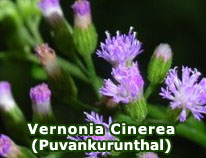
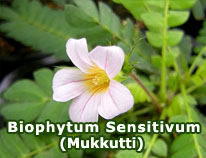
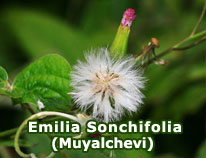
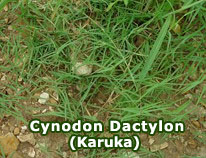
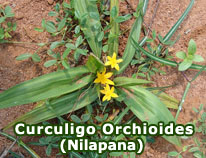
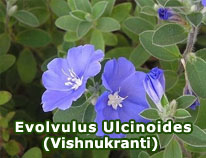
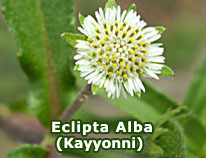
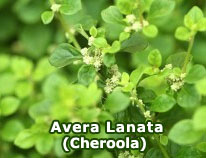

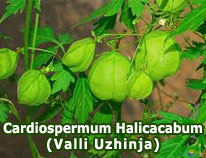
 Loading ...
Loading ...






